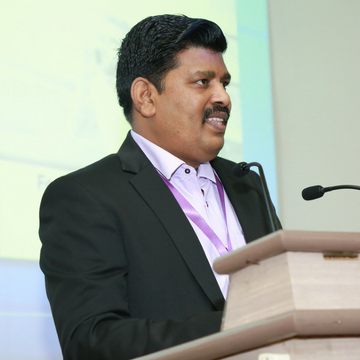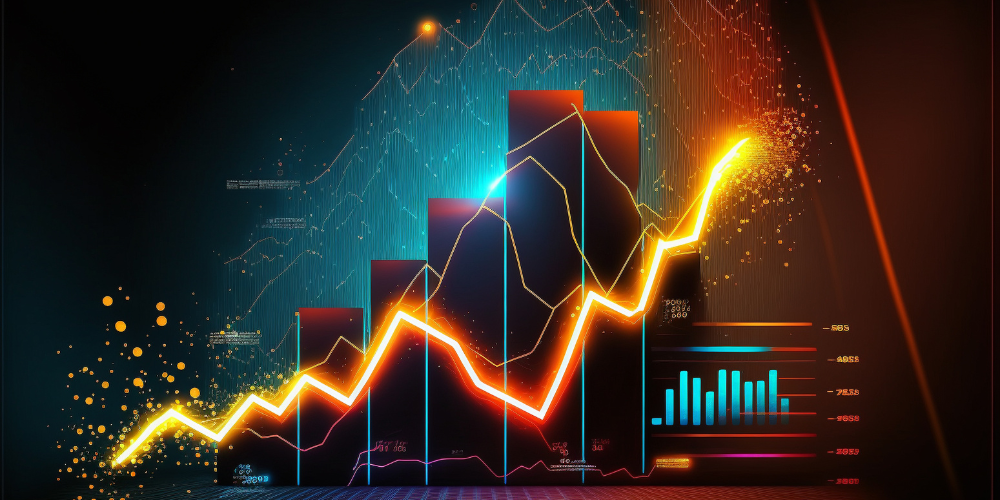Forecasting is the process of making predictions about future events, based on past data and analysis. It is used in various fields, including business, economics, and meteorology, to make informed decisions and plan for the future. In this essay, we will discuss forecasting techniques, forecast error, the role of the forecaster, tips for better forecasting, and future trends in forecasting.
Forecasting Techniques:
There are several forecasting techniques that can be used to predict future events. The following are the main forecasting techniques:
Time Series Analysis: Time series analysis involves analyzing historical data to identify patterns and trends, which can be used to make predictions about future events.
Regression Analysis: Regression analysis involves analyzing the relationship between two or more variables to make predictions about future events.
Expert Opinion: Expert opinion involves seeking the opinions of experts in a particular field to make predictions about future events.
Simulation: Simulation involves creating a model of a system or process to make predictions about future events.
Forecast Error:
Forecast error is the difference between the predicted value and the actual value of a variable. It is used to evaluate the accuracy of a forecast. The following are the main types of forecast error:
Mean Absolute Deviation: Mean absolute deviation measures the average deviation of the forecast from the actual value.
Mean Absolute Percentage Error: Mean absolute percentage error measures the average percentage deviation of the forecast from the actual value.
Mean Squared Error: Mean squared error measures the average squared deviation of the forecast from the actual value.
Forecaster Role:
The role of the forecaster is to make informed predictions about future events, based on past data and analysis. The following are the main responsibilities of the forecaster:
Collect and Analyze Data: The forecaster collects and analyzes historical data to identify patterns and trends.
Select Forecasting Technique: The forecaster selects the appropriate forecasting technique based on the nature of the data and the purpose of the forecast.
Make Predictions: The forecaster makes predictions about future events, based on the analysis of historical data and the selected forecasting technique.
Evaluate Accuracy: The forecaster evaluates the accuracy of the forecast, using forecast error metrics.
Tips for Better Forecasting:
The following are some tips for better forecasting:
Use Multiple Techniques: Using multiple forecasting techniques can improve the accuracy of the forecast.
Use High-Quality Data: Using high-quality data can improve the accuracy of the forecast.
Monitor and Adjust: Monitoring the accuracy of the forecast and making adjustments as needed can improve the accuracy of the forecast.
Future Trends in Forecasting:
The following are some future trends in forecasting:
Machine Learning: Machine learning is expected to play a larger role in forecasting, particularly in the analysis of large data sets.
Artificial Intelligence: Artificial intelligence is expected to improve the accuracy of forecasts by analyzing complex data sets and identifying patterns and trends.
Automation: Automation is expected to increase the efficiency of forecasting, by automating routine tasks and allowing forecasters to focus on more complex analysis.
In conclusion, forecasting is a critical tool for making informed decisions and planning for the future. Forecasting techniques, forecast error, the role of the forecaster, tips for better forecasting, and future trends in forecasting all play a role in improving the accuracy and effectiveness of forecasting. By using these tools and techniques, businesses, governments, and individuals can make informed decisions and plan for the future.
Supply Chain & Procurement Programs from Fhyzics:
Certified Supply Chain Professional (CSCP)
Certified in Planning and Inventory Management (CPIM)
Certified in Logistics, Transportation and Distribution (CLTD)
Certified Inventory Optimization Professional (CIOP)
Certified Professional in Sourcing Excellence (CPSE)
Certificate in Supply and Operations, CIPS Level-2
Advanced Certificate in Procurement and Supply Operations, CIPS Level-3
Diploma in Procurement and Supply, CIPS Level-4
Advanced Diploma in Procurement and Supply, CIPS Level-5
Professional Diploma in Procurement and Supply, CIPS Level-6





